Metadata is information about data that helps to identify, locate, and manage it. It provides an extra layer of context for understanding the relationships between different pieces of data. This is especially important in enterprise systems where large amounts of data are stored and accessed by multiple users.
In order to ensure that metadata remains organized and up-to-date, organizations must implement effective metadata management practices and tools.
Key Considerations
As the information stored in an enterprise system grows and evolves, the metadata associated with it needs to be updated and properly managed. This requires careful planning and attention to detail, as well as the adoption of best practices.
When considering metadata management, security is a top priority. Adequate measures must be put in place to protect sensitive data from unauthorized access or modification. An effective metadata management plan should also consider scalability so that systems remain up-to-date with new or changing processes and requirements.
Additionally, flexibility should be carefully considered in order to make sure that the system can effectively respond to new situations or integrate with other systems.
Implementation
Once an organization has identified the best practices and tools for metadata management, it’s time to start implementing them. The process involves setting up systems, processes, and procedures that ensure data is properly organized and managed.
This includes designing structures to support search, discovery, and navigation within the system; tagging items with relevant keywords; and creating rules around metadata access. A robust implementation plan must be in place to ensure the successful execution of these tasks.
In addition to the technical implementation, organizations should also focus on developing a culture of valued metadata-driven activities.
This means encouraging users to engage with data and become familiar with its context—including how it relates to other parts of the system—so they have a better understanding of why certain decisions are made or why certain data points matter.
Maintenance
Once the metadata management system is implemented, its ongoing maintenance and upkeep are essential. Regular audits must be conducted to ensure accuracy and completeness of metadata, as well as compliance with established company policies. This includes proactively identifying potential issues or areas for improvement and making the appropriate changes.
In addition, metadata systems should also be structured to accommodate changing needs over time. Organizations must continuously tailor their implementation plan according to changes in processes or regulations that may require additional data or different types of information storage and access.
As such, maintenance requires ongoing refinement of the systems and layers of security in place to ensure its viability in light of changing conditions.
Optimization
To maximize the benefits of metadata management, organizations should strive to optimize their implementation. This includes leveraging available automation and AI technologies to streamline processes and workflows, as well as increasing collaboration between teams. Additionally, roles and responsibilities around metadata should be clearly defined, so that everyone involved understands how it impacts their job and how they can contribute to its success.
Organizations should also focus on fostering data literacy among its users. Training materials that cover the basics of the system—as well as more complex topics such as taxonomy development—should be made available to those in need of further education. By ensuring everyone understands the value of proper metadata management, organizations can create an environment where data is seen as a strategic asset and not just a necessary evil.
Monitoring
Once a metadata management system is fully implemented, organizations must commit to long-term monitoring and reporting. This includes tracking the inputs, outputs, and any modifications made to metadata over time. Monitoring for accuracy and completeness should be a standard part of the workflow and should be completed on a regular basis.
Additionally, reporting requirements should be established for both internal business purposes as well as any applicable external regulations. Automated or manual audit trails help ensure data integrity, while also providing a comprehensive record of changes that have been made to the system over time. This can prove invaluable when troubleshooting issues or conducting compliance reviews in the future.
Conclusion
In conclusion, metadata management systems can provide organizations with a powerful tool for organizing and analyzing their data. With the right strategies in place, robust metadata management can help drive innovation, collaboration, compliance, and cost savings across the organization. By leveraging available technologies and fostering data literacy among its users, organizations can get the most out of their data assets and ensure they remain protected and secure.







Leave a Reply